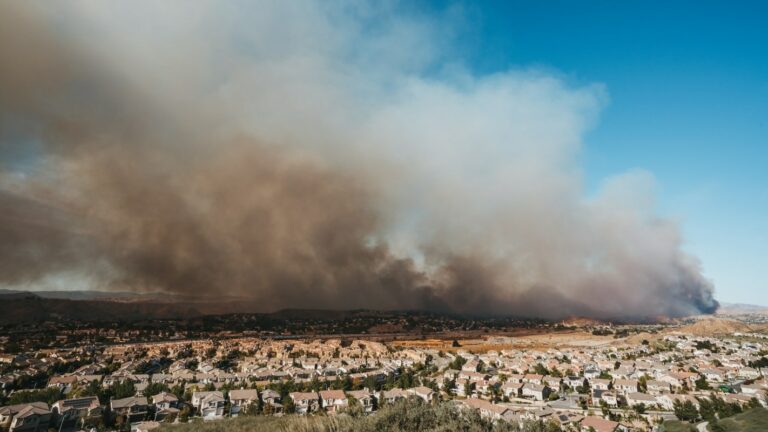Two lawsuits filed in Los Angeles accuse 25 major insurance companies of colluding to limit coverage for homeowners in high-risk wildfire areas, forcing them onto California’s FAIR Plan insurance. The lawsuits, reported by the Associated Press, claim that insurance companies, including State Farm, worked together in 2023 to deny high-risk policies, making the FAIR Plan many homeowners’ only option.
The FAIR Plan is California’s insurer of last resort, providing basic and limited coverage capped at $3 million to high-risk homeowners who are denied traditional insurance policies. However, these policies often fall short of covering damages caused by severe disasters. This became painfully apparent in January when extreme wildfires destroyed almost 17,000 structures, leaving countless homeowners underinsured.

Insurance companies are denying coverage to homeowners in high-risk areas because they don’t want to be financially responsible for natural disasters. As extreme weather events become more frequent, insurance companies are prioritizing profits over people. According to the Center for International Environmental Law, over $500 billion of U.S. insurance companies’ investments are in the oil and gas industry, which contributes to climate instability and extreme weather events.
Michael J. Bidart, representing the homeowners, stated that insurance companies “have reaped the benefits of high premiums while depriving homeowners of coverage that they were ready, willing, and able to purchase to ensure that they could recover after a disaster like January’s wildfires.” The lawsuits allege that insurance companies are denying coverage to boost profits while profiting from practices that contribute to climate change.
To protect themselves, homeowners are advised to save claims for major losses, check dwelling coverage, and proactively care for their property. The lawsuits aim to hold insurance companies accountable for their alleged conspiracy and collusion, potentially leading to fairer premiums and policies for homeowners in high-risk areas.


